Lawns to Legumes: Get Your Native Garden for (Almost) Free!

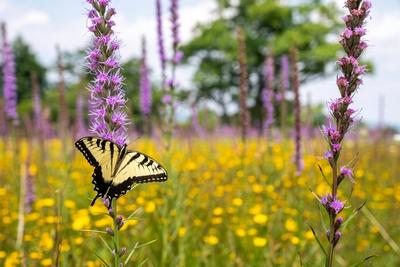
If you live in Minnesota, Lawns to Legumes can award you up to $400 to help you convert your lawn into a pollinator habitat using native plants. In this article, you'll learn about the program, how to apply for this individual cost-share grant, and how to provide habitat for pollinators and improve water and soil resources in your own yard.
My Home Park makes Lawns to Legumes as Easy as One, Two, Bee!
- If you live in Minnesota, apply for your Lawns to Legumes grant today! Applications for Fall 2025 Grants are Open Now through May 15
- Browse and buy any of our curated Minnesota native pocket plantings or request a full custom design for your property.
- Your native plants ship directly to your door and are easily installed following our planting guide and maintenance tips.
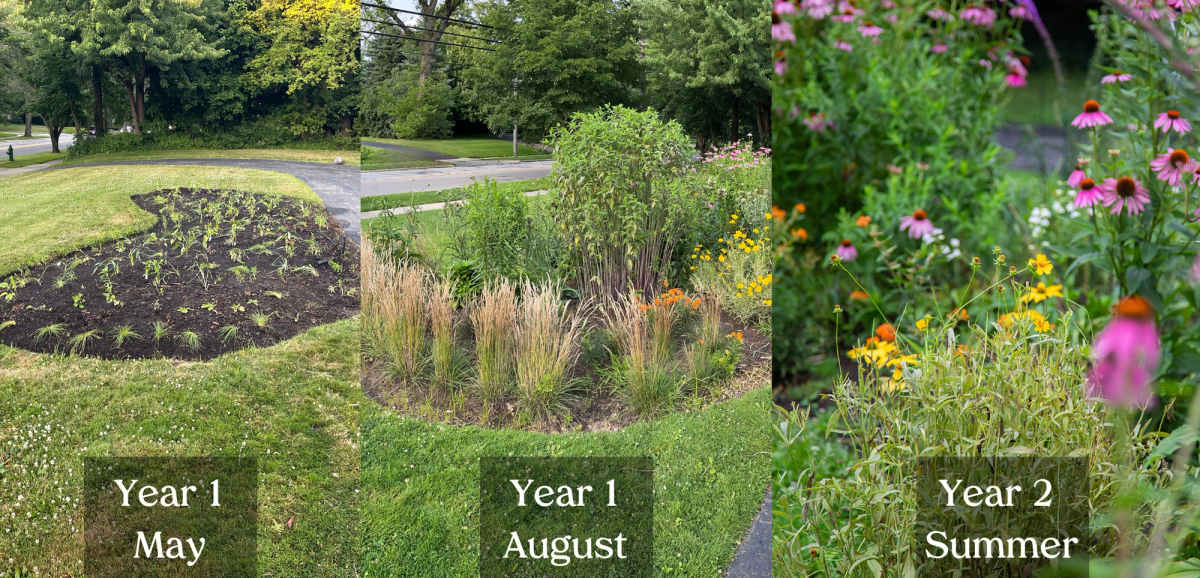
Key Takeaways
- Lawns to Legumes is a grant program facilitated by Blue Thumb and the Minnesota Board of Water and Soil Resources. Lawns to Legumes seeks to help Minnesotans combat pollinator population decline by supporting the replacement of traditional grass lawns with pollinator friendly native plantings.
- Eligible participants from Minnesota can apply for grants of up to $400 to create diverse pollinator habitats. Grants are issued in the form of reimbursements for eligible purchases. Apply today to secure your reimbursement later!
- Participation in the program not only supports at-risk pollinators like the Rusty Patched Bumblebee (Minnesota's state bee!) but contributes to the wider enhancement of Minnesota's water quality, local environment and natural resources.
- My Home Park offers Minnesota residents many options to find native plants for their yard to easily create new pollinator habitat through curated native pocket plantings or our full custom garden design services. Plants ship directly from the nursery and easy to follow planting guides are included in each order.
- New to native plants or just need some inspiration? Check out our article on 12 great native plants for Minnesota landscapes.
How to Apply for a Lawns to Legumes Grant Today
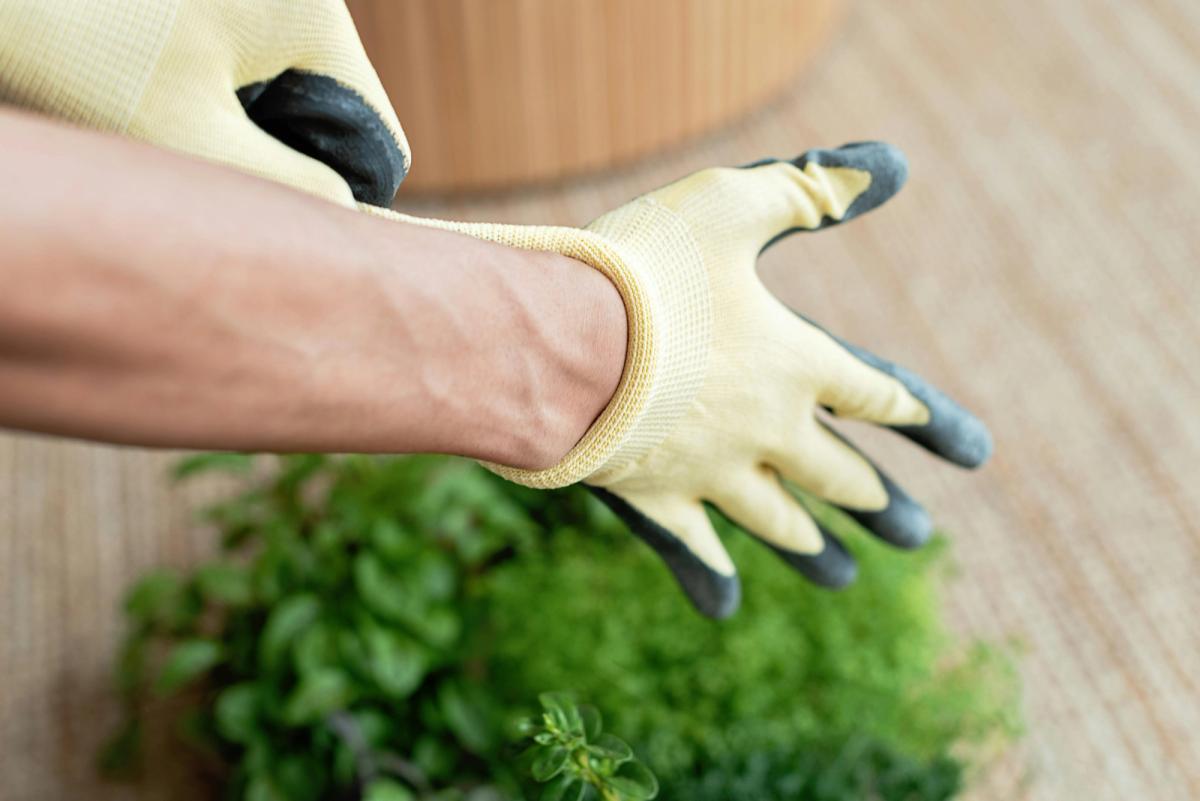
Applying for Lawns to Legumes grants is a straightforward process, specifically designed to support Minnesota residents in creating pollinator habitats. Local governments, nonprofit organizations, and tribal governments are invited to apply for Pollinator Pathways grants, which help establish these vital ecosystems.
The application process is user-friendly, ensuring that even those new to gardening can participate alongside intermediate gardeners and more experienced gardeners. Following the outlined steps can help secure funding to transform residential lawns into pollinator havens.
Eligibility Criteria
To be eligible for a Lawns to Legumes grant:
- Applicants must be Minnesota residents who own or rent a residential property with outdoor space for planting.
- Only one grant can be awarded per individual. This ensures fair distribution of resources.
- Groups and organizations are not eligible as this is an individual support grant
This eligibility criterion ensures that a wide range of individuals can participate, making it possible for many to contribute to enhancing local biodiversity through the creation of pollinator habitats.
Application Process
Applications for the Lawns to Legumes program are accepted during specific funding rounds each year, typically in spring and fall. The application deadline for the Fall 2025 Lawns to Legumes Individual Support program is May 15, 2025, with grant recipients being notified by mid-June 2025.
If you applied in previous years but did not receive a grant, reapplying is strongly encouraged. If possible, ensure that native plants for grant projects are sourced from within 175 miles and are neonicotinoid-free, complying with local laws and ordinances. Our Minnesota catalog is a great place to get this done!
Grant Amounts and Cost Share Funding
The Lawns to Legumes initiative provides individual support grants of up to $400 for Minnesota residents to establish pollinator-friendly plantings. These grants cover expenses such as native plants, compost, mulch, and other necessary materials.
Grant recipients are required to provide a 25% cost share match, making the program accessible while ensuring participants have a vested interest in their projects. Grants are awarded through a weighted lottery system, considering factors like priority habitats, geographic distribution, and equity.
Lawns to Legumes Program Overview
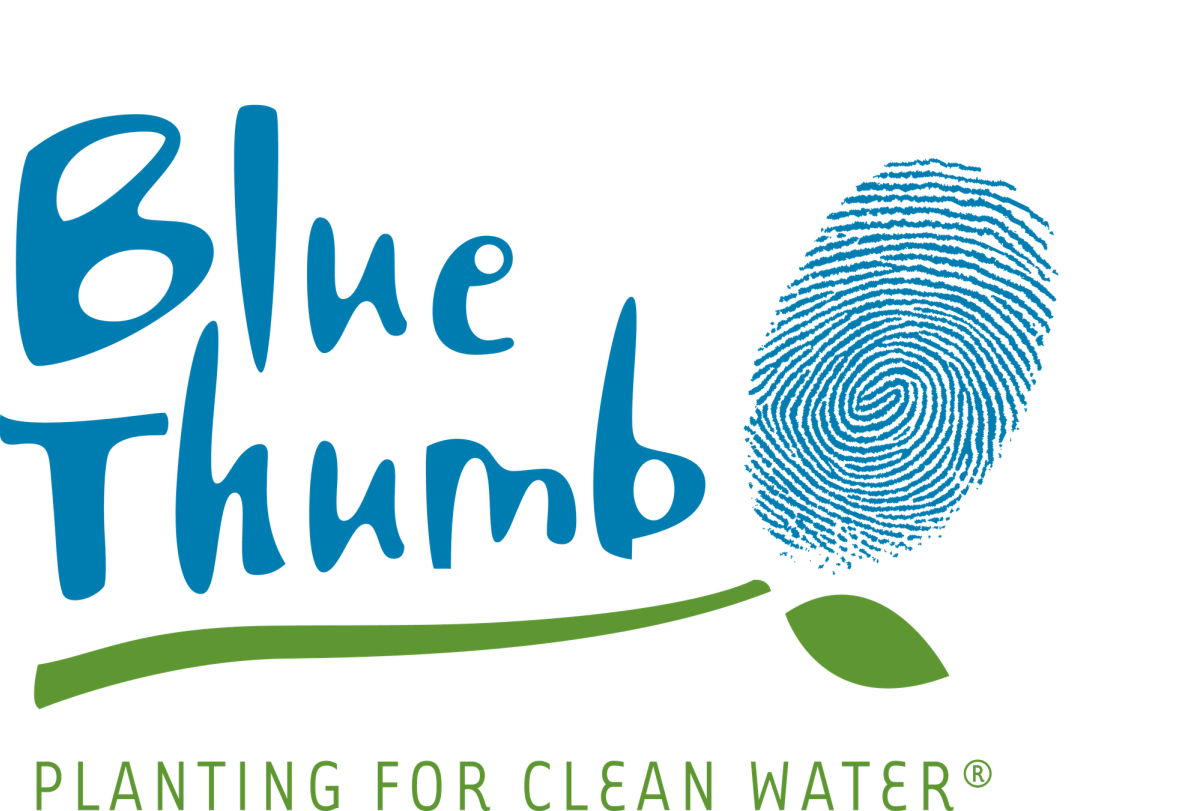
The Lawns to Legumes program is a groundbreaking initiative aimed at creating new pollinator habitats and habitat corridors. Since its inception in 2019, it has led to the establishment of over 14 million square feet of diverse residential pollinator habitats, making a significant impact on Minnesota's local ecosystems.
This program emphasizes the importance of beneficial planting practices in residential lawns, encouraging homeowners to replace traditional grass lawns with native plants that support pollinators and provide substantial water quality benefits. In joining this initiative, you can quickly and easily help combat population decline among pollinators and other beneficial organisms that rely on Minnesota's native plants for their key role in providing nesting space and food sources.
The Lawns to Legumes program is part of a broader, nationwide effort to integrate pollinator-friendly practices into everyday landscaping. As one of several pollinator programs, it supports ecosystems health and ensures the sustainability of many food crops dependent on pollinators and habitat corridors.
Program Goals and Objectives
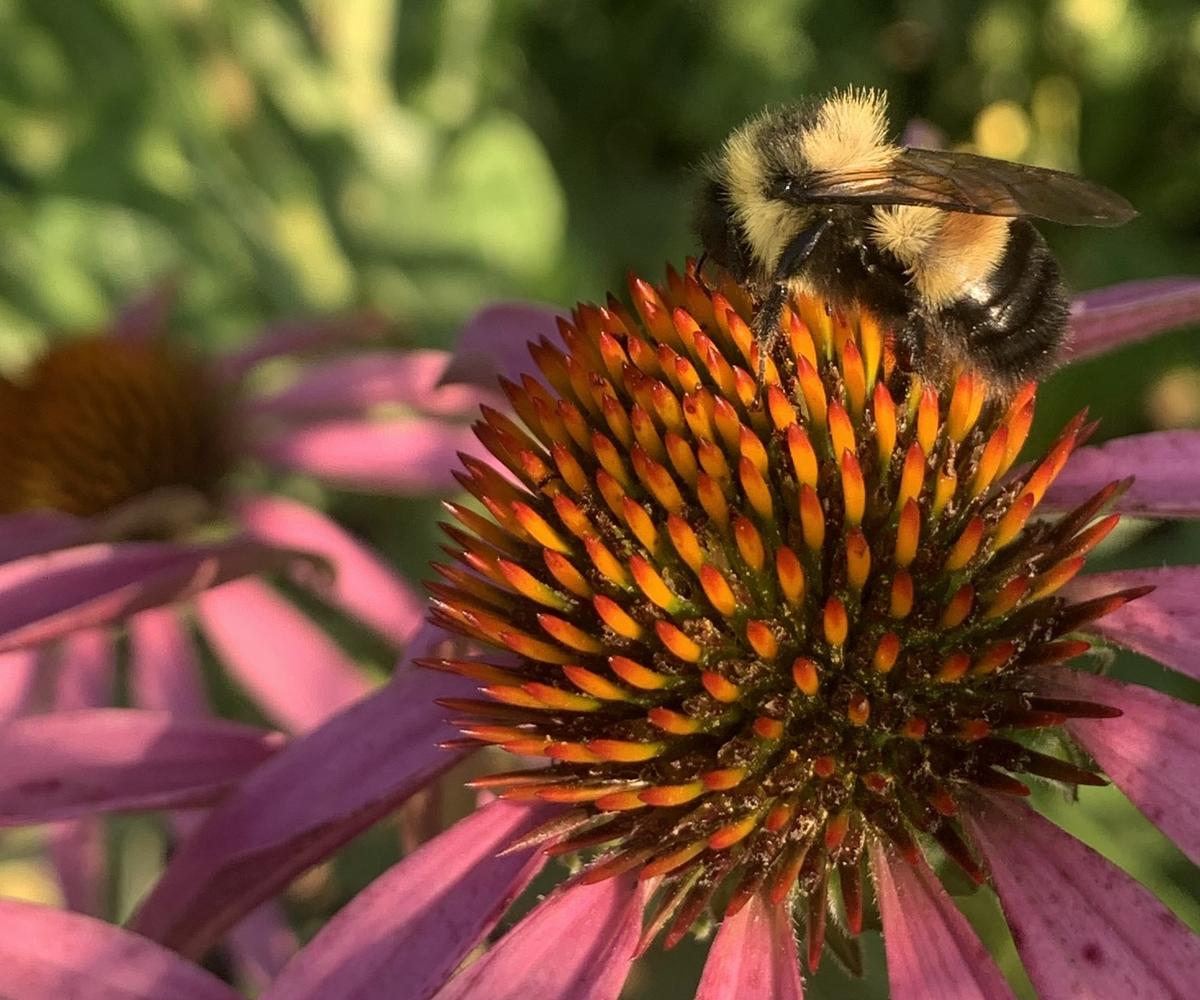
The primary goal of the Lawns to Legumes program is to combat population decline of pollinator populations, including Monarch Butterflies and federally endangered species like the Rusty-Patched Bumblebee, by addressing key factors such as:
- habitat loss
- lack of food sources
- pesticide use
- pathogens
Minnesota is home to over 500 native bee species that thrive in environments supported by native plants, making it a prime location for such an initiative.
Using native plants, the program supports pollinator populations and enhances water quality by improving soil health and reducing runoff. This holistic approach ensures that creating pollinator habitats also benefits the broader environment and natural resources.
History and Funding
Launched in August 2019 with an initial funding of $900,000, the Lawns to Legumes program has grown significantly thanks to support from multiple sources, including the Environment and Natural Resources Trust Fund (ENRTF), the Minnesota General Fund, and the US Fish and Wildlife Service.
Key partners like Metro Blooms and Blue Thumb have played a crucial role in the program’s success, providing expertise and resources to help implement pollinator-friendly practices across the state. This collaboration ensures that the program continues to expand and benefit more communities.
An official partner of Blue Thumb, My Home Park is proud to help grant recipients create easy and beautiful pollinator friendly native plantings in their own yards.
Creating Pollinator Habitat in Residential Lawns
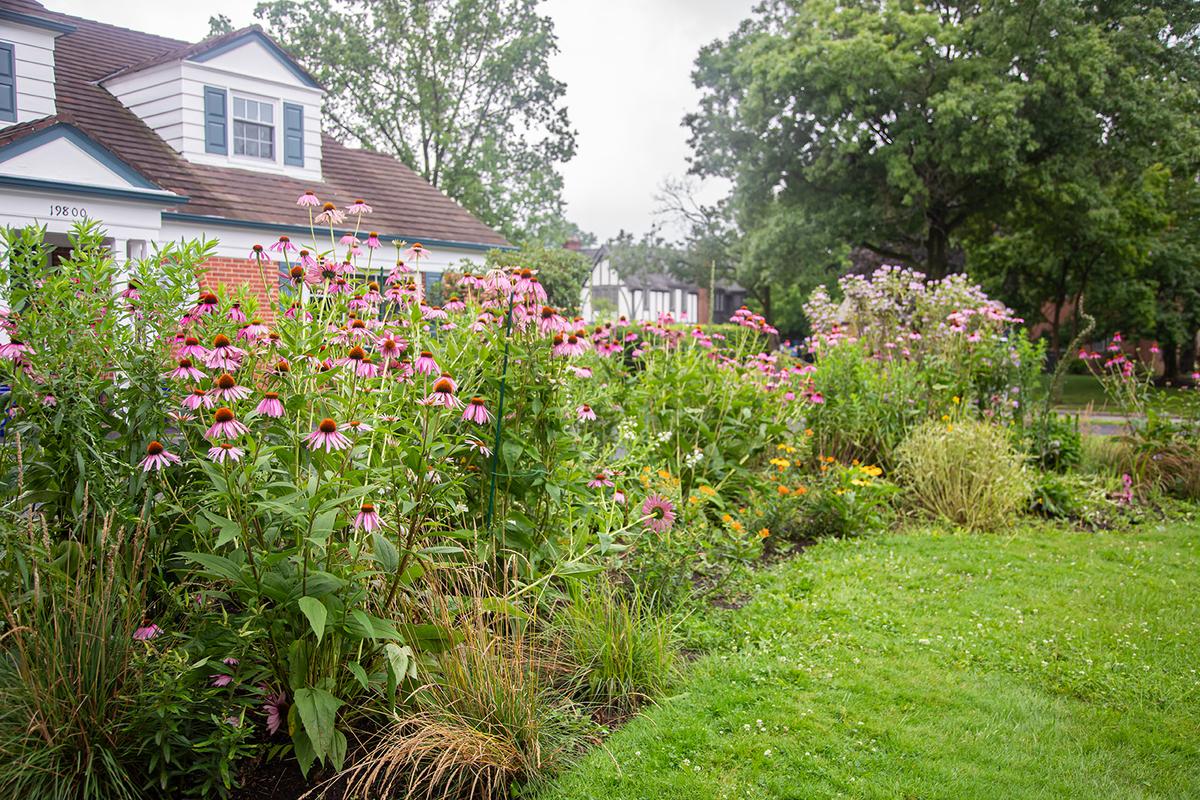
Creating pollinator habitat in residential lawns is a rewarding endeavor that enhances biodiversity and supports local ecosystems. The Lawns to Legumes program offers reimbursement for projects such as Native Pocket Plantings, Pollinator Beneficial Trees and Shrubs, Pollinator Lawns, and Pollinator Meadows.
By transforming your lawn with native plantings, you can provide essential food and shelter for pollinators, contributing to the health of your local environment. Whether you are a novice or an experienced gardener, there are resources and guidance available to help you succeed.
Native Plant Selection
Selecting native plants is crucial for creating effective pollinator habitats. Native species provide essential food and shelter resources for local pollinators, supporting their populations and enhancing ecosystem health. Starting with small gardens or pocket plantings can make it easier for novice gardeners to establish pollinator-friendly habitats.
My Home Park's curated garden kits provide pre-selected mixes of ready-to-plant native species along with planting guides to help you get started quickly. We also offer full trays of single species as well as a choose your own plants product if you'd rather select some individual species yourself.
Site Preparation and Planting
Proper site preparation is key to the success of your pollinator habitat. Removing existing grass and weeds ensures that native plants have the best conditions for growth. Techniques like sheet mulching can help eliminate competition from existing vegetation and promote healthy soil.
When planting, ensure that native plants are spaced appropriately to allow for growth and access to sunlight. Regular watering, especially during dry spells, is essential to establish roots and support their growth. Mulching around the plants can help retain moisture and prevent weed growth as plants become established.
Maintenance and Sustainability
Regular maintenance is crucial for the success of pollinator habitats. This includes managing weeds, ensuring the health of native plants, and checking for invasive species. Regular monitoring and adaptive management are vital to maintain the health and biodiversity of pollinator habitats.
The program provides resources to help pollinator plantings thrive, ensuring that participants can sustain their habitats over the long term. Engaging in these practices contributes to establishing pollinator habitat and the overall resilience of the local ecosystem.
Three Key Types of Pollinator Plantings
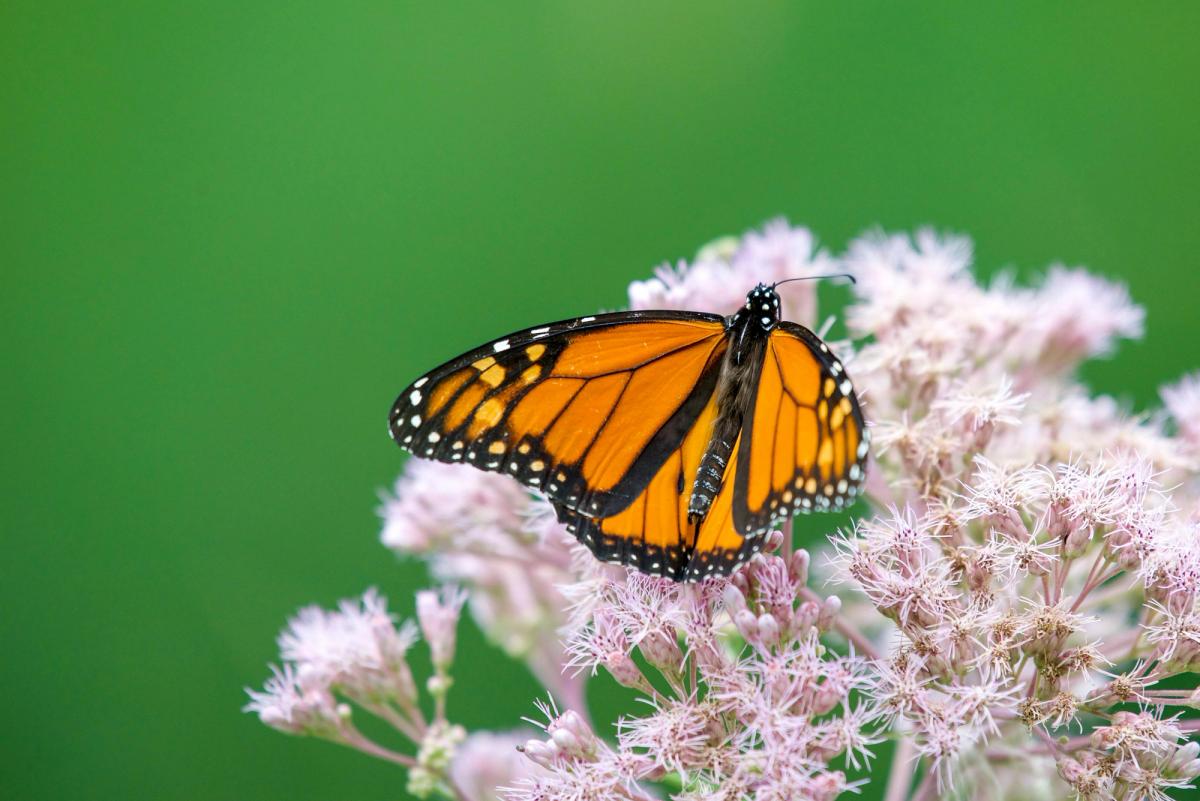
The Lawns to Legumes program promotes several pollinator planting strategies to enhance local ecosystems; among them are Pocket Plantings, Beneficial Trees and Shrubs, and Pollinator Meadows. Each type of planting offers unique benefits and can be tailored to different landscaping needs.
These diverse planting practices help create new habitats for pollinators and establish corridors that connect these habitats, supporting the overall health and biodiversity of local ecosystems.
Pocket Plantings
Pocket plantings are small, designed areas filled with native species that provide concentrated habitats for local pollinators. These plantings can vary in size from 10 to 1,000 square feet, making them versatile for different landscaping needs.
Incorporating various native plants, pocket plantings quickly provide food and shelter for pollinators, supporting their populations and enhancing local biodiversity through pollinator friendly native plantings.
Beneficial Trees and Shrubs
Beneficial trees and shrubs provide critical habitat and food resources for pollinators, contributing to their survival and reproduction. Flowering trees and shrubs support local bee populations and other pollinating species throughout different times of the year. Common beneficial trees for pollinators include willows, oaks, and maples, while shrubs like elderberry and serviceberry also provide essential nectar and pollen.
Pollinator Meadows
Meadow-style plantings create extensive habitats that support diverse pollinator species by providing resources such as food and nesting areas. These plantings usually include a mix of native wildflowers and grasses that bloom at different times, ensuring a continuous food supply for pollinators.
To implement meadow-style plantings, consider choosing a sunny area, preparing the soil adequately, and selecting a diverse mix of native species for optimal pollinator support. If you have a larger, meadow-style space in need of native plants, My Home Park also offers carefully balanced all native seed mixes to cover much larger spaces for a project-friendly price. There's more preparation and patience involved, but for large enough areas there's no better solution for the price.

Benefits of Participating in the Lawns to Legumes Program
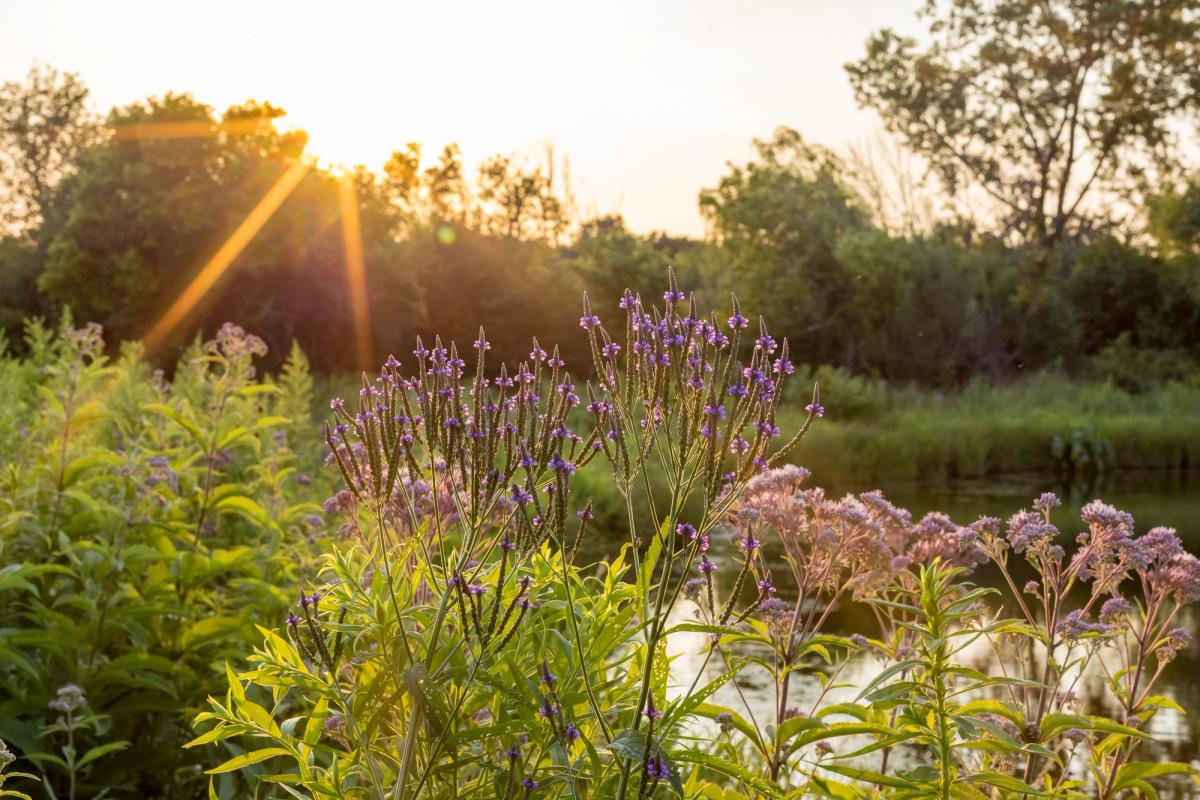
Participating in the Lawns to Legumes program offers numerous benefits. The program emphasizes protection and creation of new pollinator habitat, addressing popoulations of native flies, bees, butterflies, and other benefitial isects that have significantly declined worldwide over the past 150 years. Each pollinator planting helps extend habitat corridors and ensures the sustainability of many food crops that rely on these vital species. Transforming residential lawns into diverse pollinator habitats also offers significant benefits for wider local ecosystems, including nesting space and food sources for many organisms, and stabilization and filtration for water and soil resources.
Supporting At-Risk Pollinators
The Lawns to Legumes initiative actively promotes the conservation of species like the federally-endangered Rusty Patched Bumble Bee. Creating habitats that offer essential resources like food and nesting sites helps support and protect these at-risk species.
Going further to incorporate native trees and shrubs in gardens provides food and overwintering habitats for pollinators throughout different seasons. This strategy ensures that pollinators have continuous access to vital resources, thereby enhancing biodiversity in local ecosystems.
Enhancing Water Quality
Native plantings from the Lawns to Legumes program help improve water quality by reducing runoff and enhancing soil health, benefiting both water and soil resources. Pollinator gardens contribute to water quality improvement by reducing the runoff of harmful sediments and nutrients.
Creating native plantings helps reduce the entry of pollutants into water bodies, significantly improving water quality. This not only benefits the environment but also supports the overall health of local ecosystems.
Community Engagement and Education
The program includes public education campaigns aimed at raising awareness about how to create pollinator habitat and the importance of local engagement. Encouraging realistic expectations and promoting small garden installations help foster a sense of community and responsibility towards pollinator conservation.
Community involvement and education lead to broader support for creating pollinator habitats and enhancing local ecosystems. These engagements help build a knowledgeable community dedicated to pollinator conservation.
Summary
In summary, the Lawns to Legumes program offers a practical and impactful way to support pollinator populations by transforming residential lawns into diverse habitats. Through grants, technical assistance, free resources, and community engagement, the program empowers individuals to make a difference in their local ecosystems.
By participating, you not only help at-risk pollinators but also enhance water quality and foster a sense of community. Join the movement and turn your lawn into a pollinator paradise, contributing to a healthier and more sustainable environment for all.
So, if you in Minnesota, don't delay - apply today and bring some native plants home this year!
Share this article


